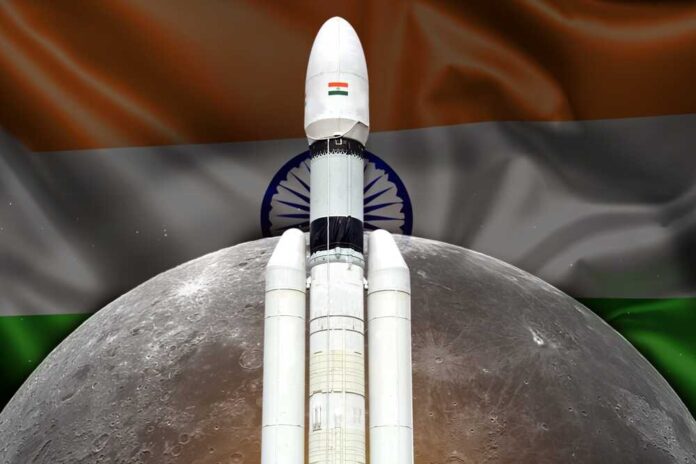
India has successfully landed a spacecraft near the moon’s south pole, marking the first time humans have traveled to an unexplored region that may be home to life-sustaining frozen water reservoirs.
The mission, which started over a month ago and is projected to cost $75 million, has another two weeks of scheduled run time. The mission’s accomplishment fits the picture that Prime Minister Narendra Modi wants to portray of India: a growing state claiming its position among the world’s elite.
Within a day or so, the lander’s flap will open, and the lunar rover will descend to the lunar surface, where it will perform tests and analyze its mineral composition.
India plans to send astronauts to the moon again soon.
The success of India’s mission comes only days after the accident of Russia’s Luna-25, which had the same intended lunar destination. After 47 years, Russia would have made its first lunar landing. The lengthy hiatus in lunar research that followed the last Soviet expedition to the moon in 1976 was blamed by the president of Russia’s state-controlled space enterprise, Roscosmos.
Many Indians approve of Modi because he attempts to restore India’s reputation abroad and free the country from the effects of British colonialism. Many people saw the moon landing as evidence that their nation was a leading, cutting-edge power. The G-20 Summit will be held in India next month, and Modi will likely exploit the opportunity to highlight India’s rising geopolitical influence.
International praise for India’s newfound status as a space superpower was overwhelming. NASA administrator Bill Nelson said, “We’re happy to be your partner on this mission!”
India has been making steady progress in the space program over the last several years, launching satellites for domestic and international use and successfully placing one in Mars orbit in 2014.
Next year, India and the United States will work together to launch each country’s first expedition to the International Space Station. India’s regional competitor
China, which went on the moon in 2013, is pushing for new milestones in space, raising hopes for a successful landing following Russia’s aborted effort.














